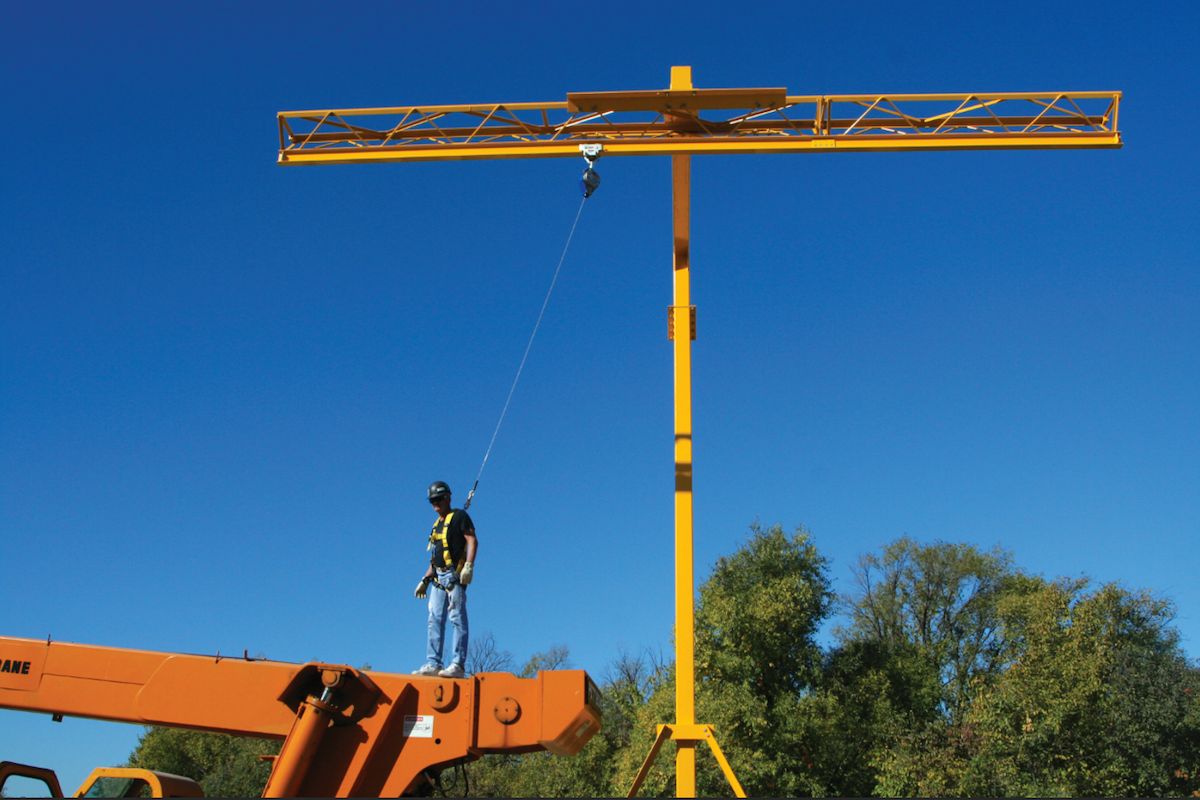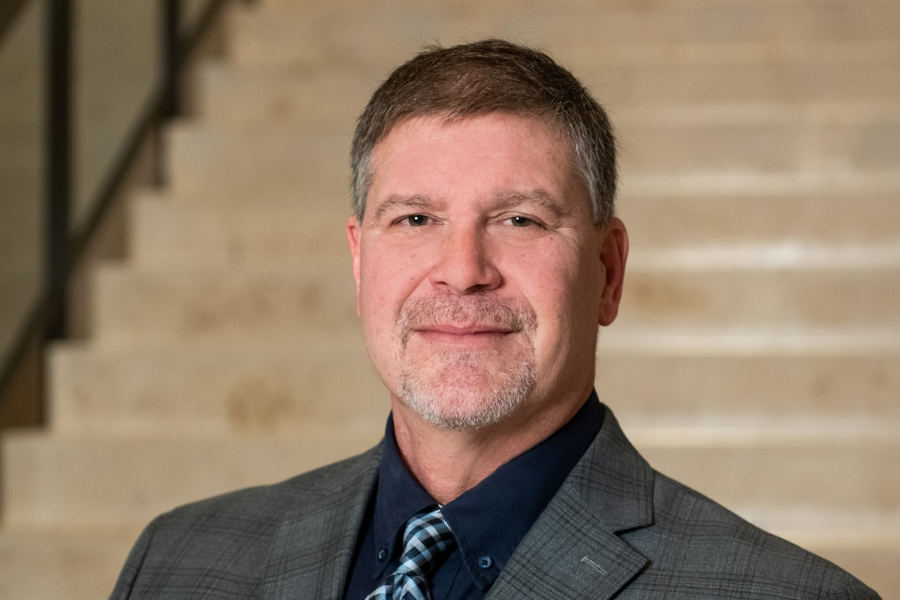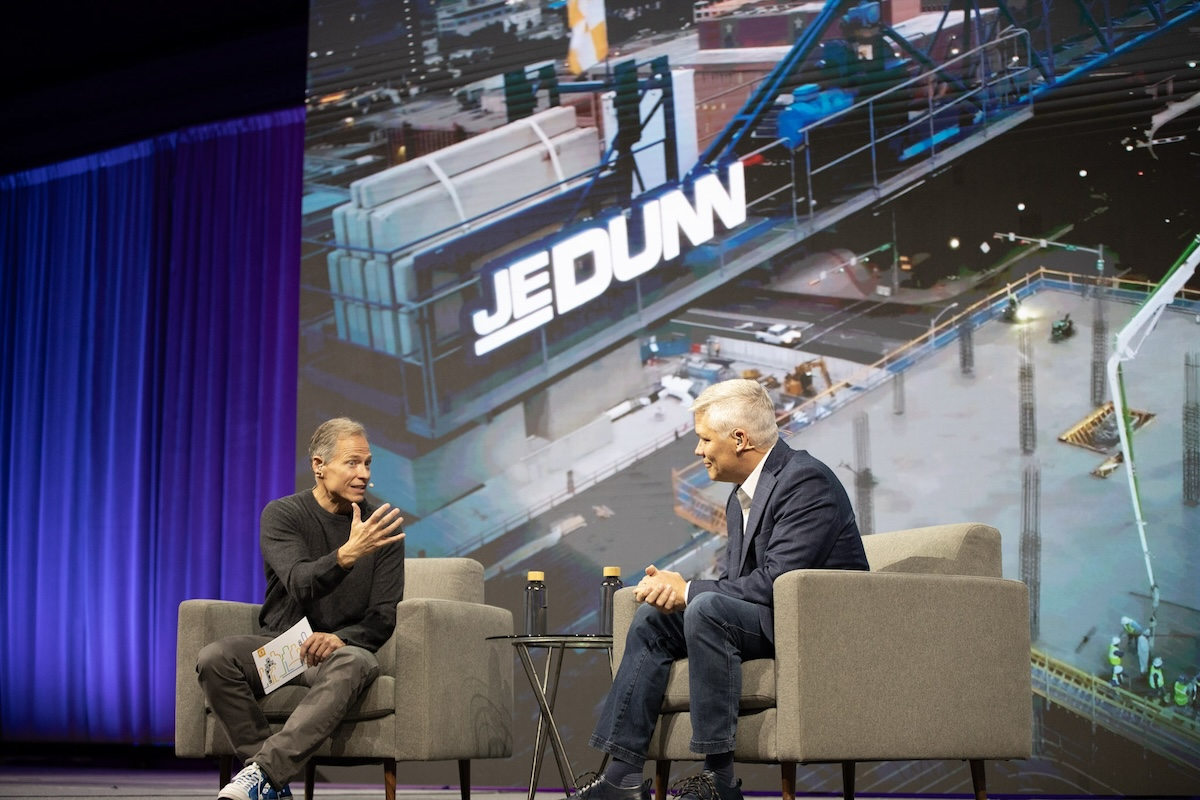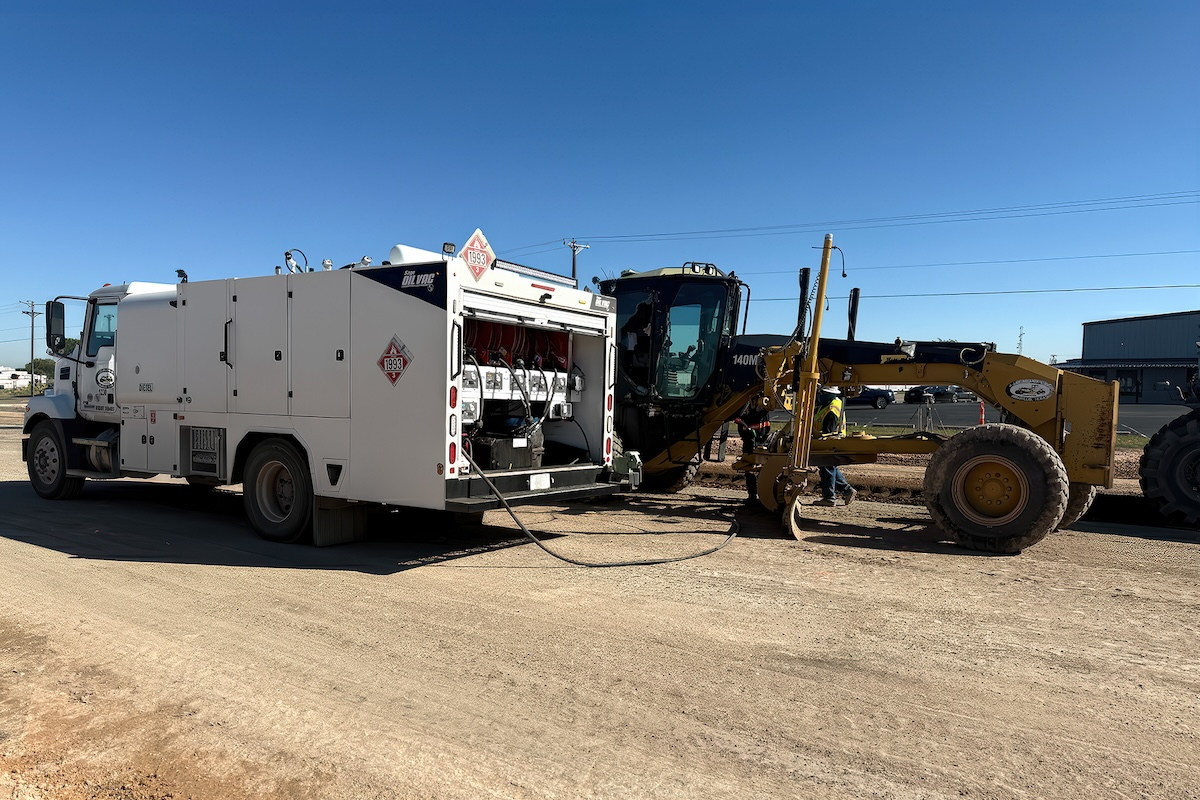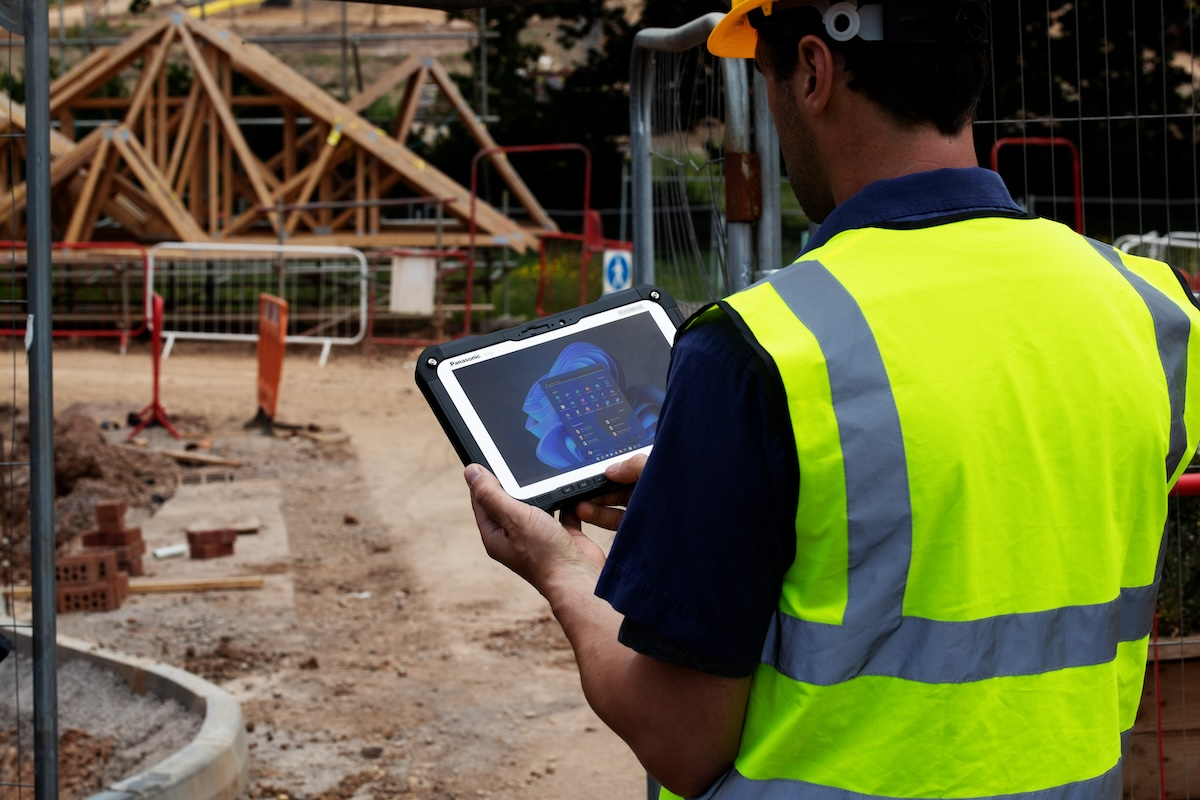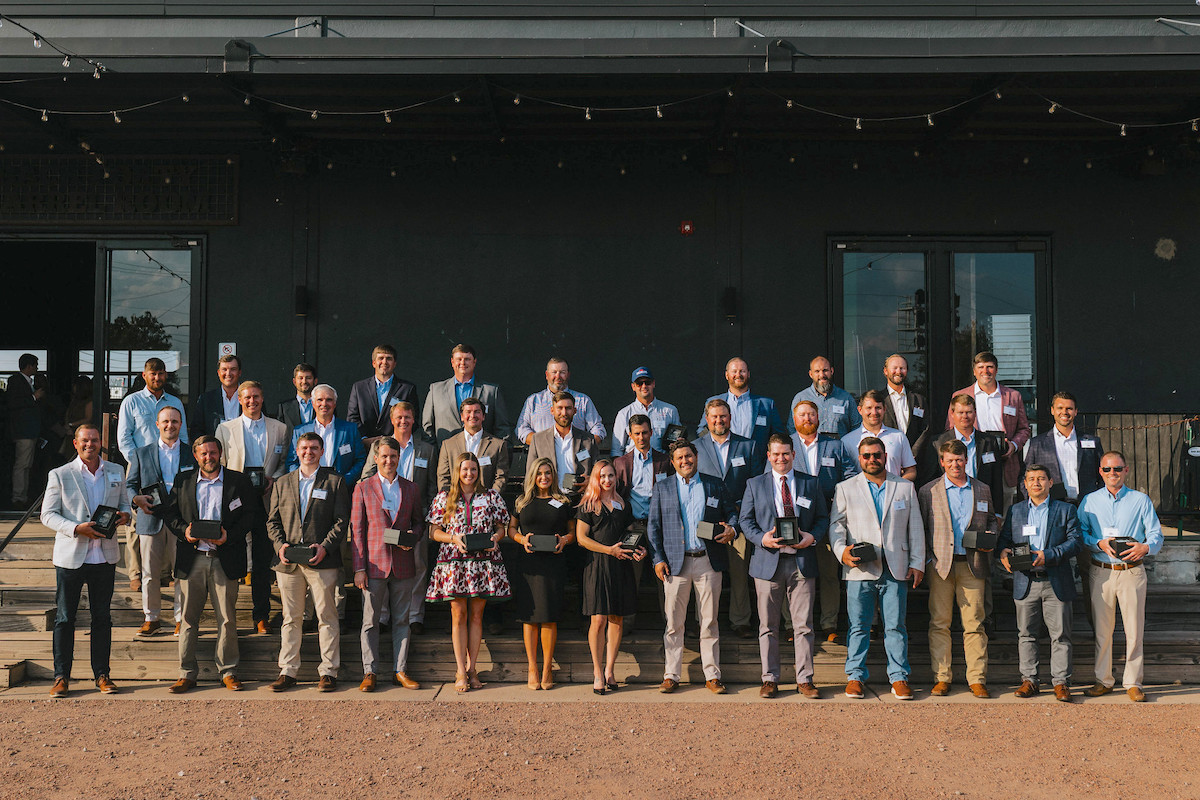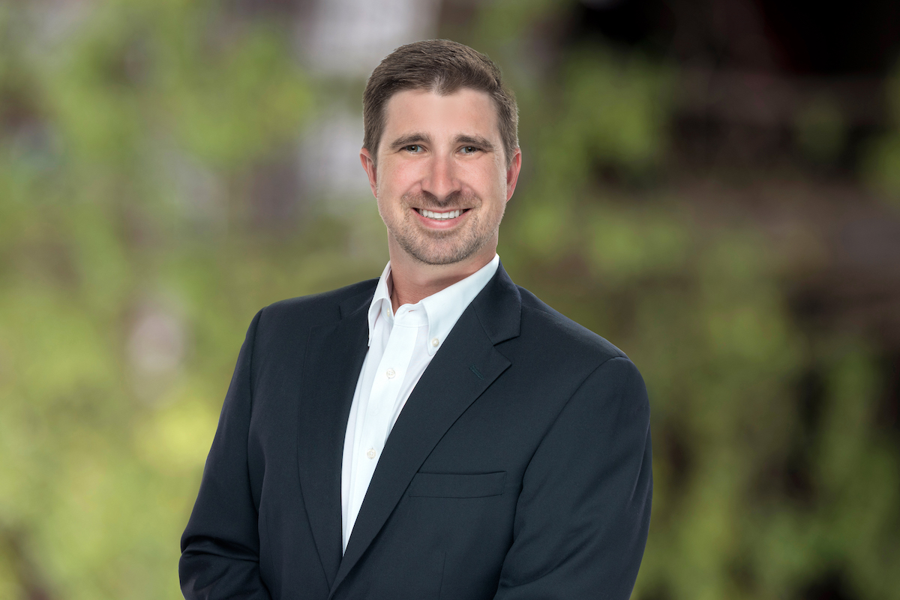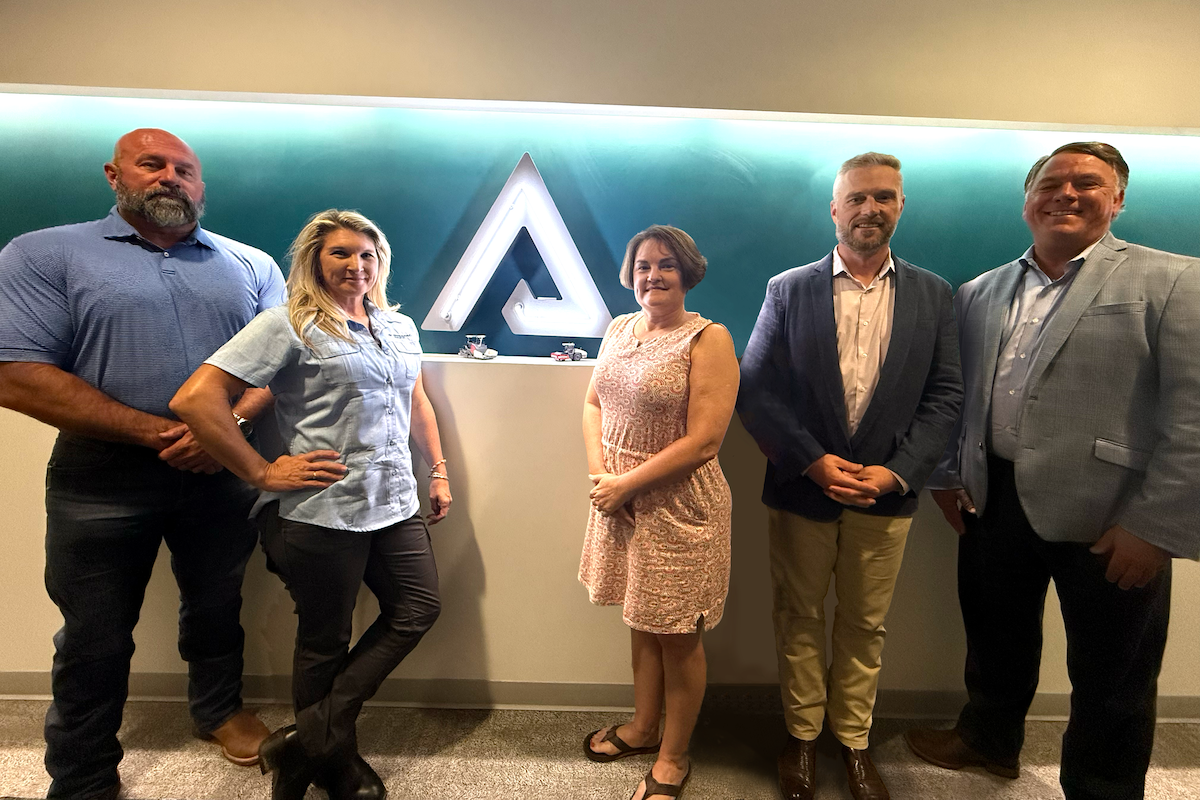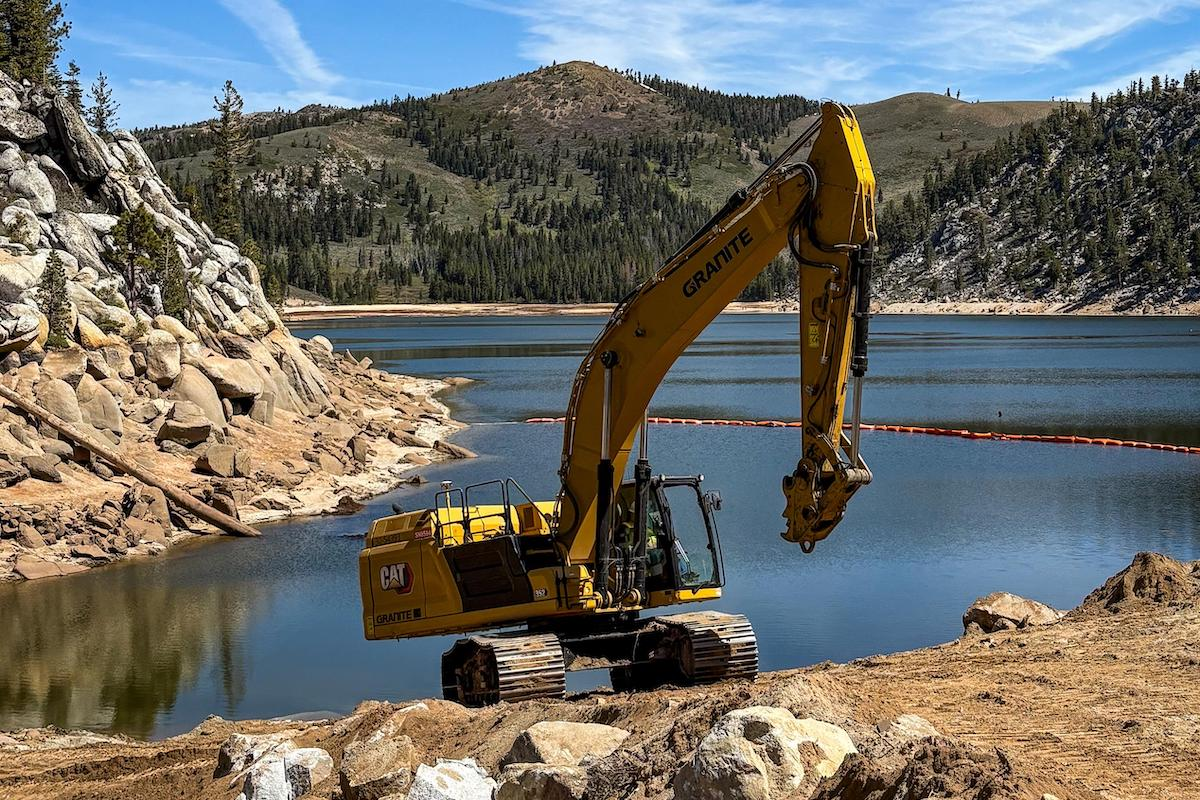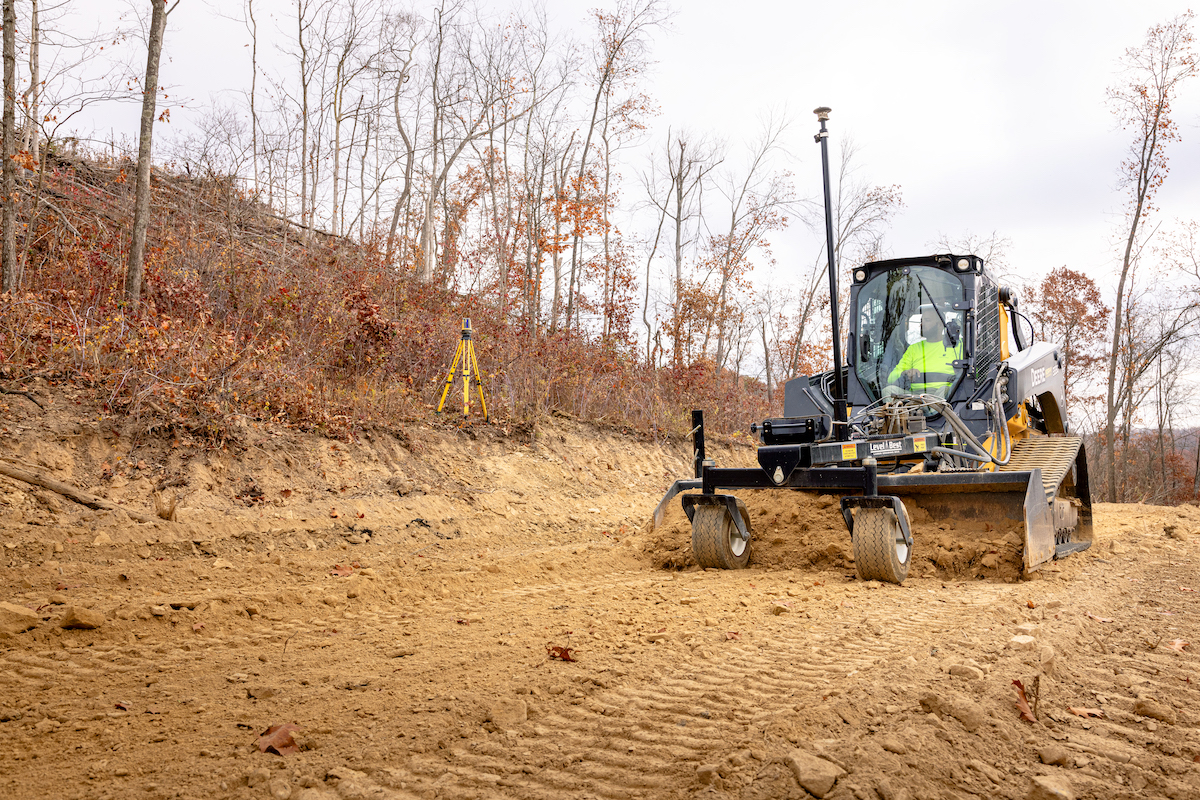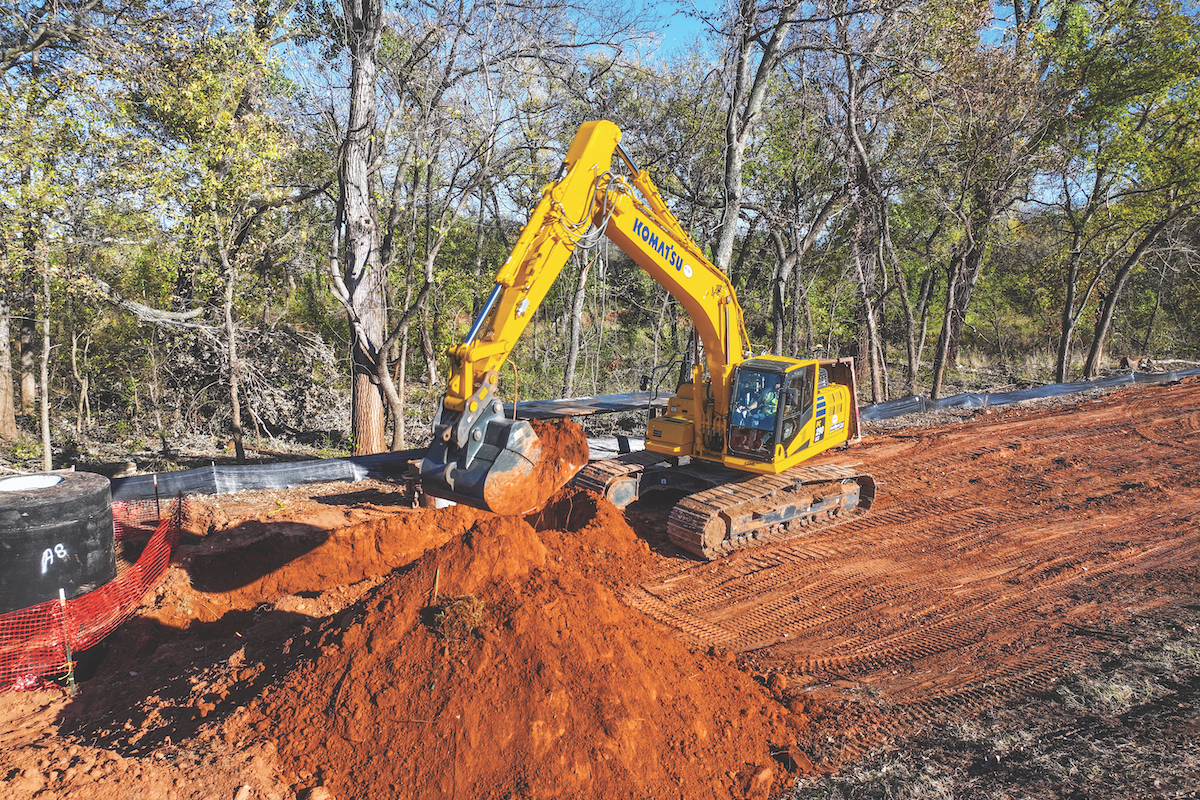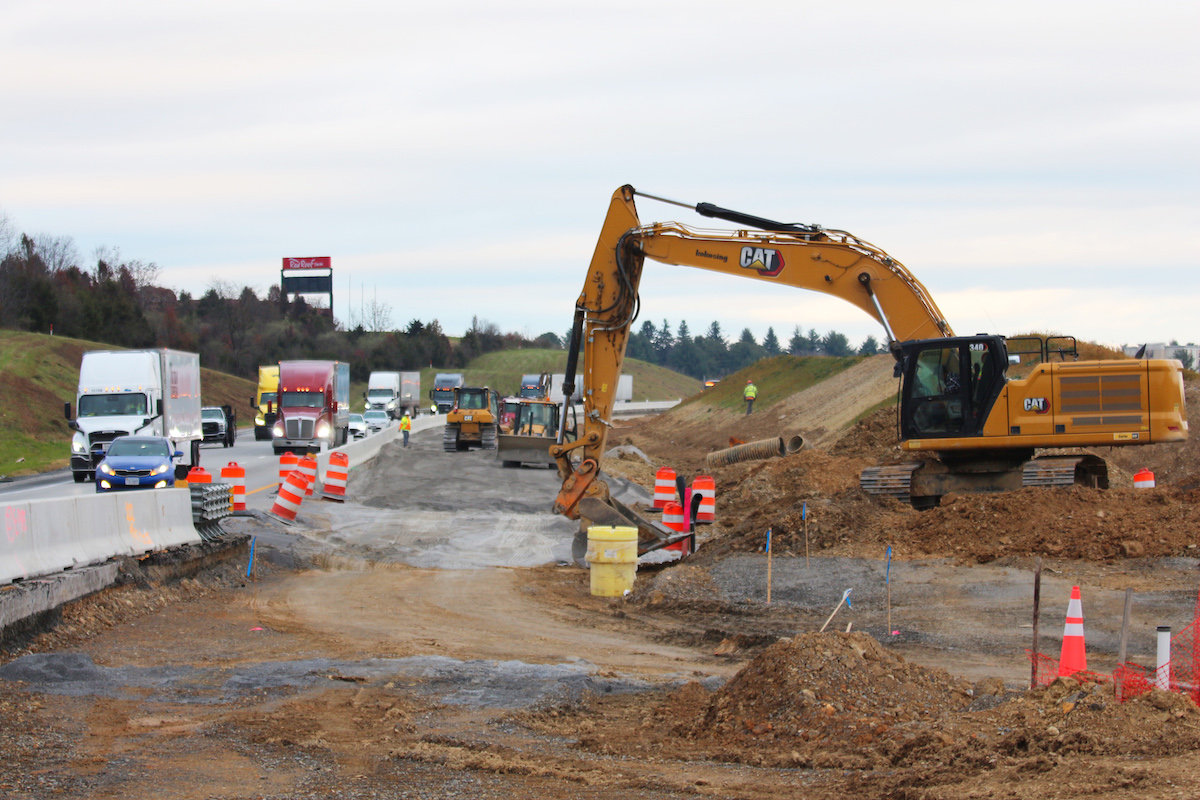The safety professional doesn’t understand why the worker reacts angrily. He’s just trying to help him keep from getting injured or hurting a co-worker. Shouldn’t the worker appreciate his friendly intervention?
The negative response may be the result of long-ago situations in the worker’s life. Medical researchers have learned a great deal about our brains in recent decades, and one of the most important things they’ve discovered is how previous events condition the way our brains function.
Something in this worker’s past causes him to lash out when he feels criticized. It may have been a childhood with an abusive parent. He may have struggled in school and faced repeated discipline from teachers and principals. Whatever the reason, the comments tapped into the instinctive “fight or flight” reaction you’ll find in everyone’s brain. What the safety pro thought was friendly advice was interpreted by the worker’s brain as a threat, and the brain responded by releasing cortisol, adrenaline, and other stress hormones. The worker’s reaction happened because his brain was trying to protect him.
That’s not pop psychology. It’s neuroscience. And it’s important for safety professionals and other supervisors to understand.

| Your local Komatsu America Corp dealer |
|---|
| Linder Industrial Machinery |
The reality is we all come to situations from different experiences and diverse emotional frameworks. Expecting everyone to respond in identical ways is unrealistic. Like other safety advisors, I’ve been in situations in which a well-intended comment or suggestion provoked an unexpected response from a worker.
SCARF is an acronym for five important factors influencing how our brains cause us to behave:
- Status: how we view our importance compared to those around us
- Certainty: the degree to which we’re able to predict the future
- Autonomy: describing the level of control we feel we have over our environment
- Relatedness: whether we feel safe in interactions with other people
- Fairness: how we feel about exchanges with others
That fight-or-flight response is a holdover from prehistoric times when our ancestors were constantly challenged by life-or-death situations. Their brains learned to generate those stress hormones so our ancestors could escape to safety. Similarly, feelings of safety triggered the production of hormones like dopamine and oxytocin, creating sensations of pleasure and trust.
Those deep-seated responses continue to affect our behavior, leading us to react emotionally to situations we encounter. If your boss yells at you, your brain perceives a threat and releases cortisol to help you protect yourself. You’ll become so focused on your feelings that it’s tough to think rationally about what’s being said. On the other hand, if someone gives you a compliment, you’ll enjoy a release of dopamine.
As safety professionals, we probably know the OSHA standards and rules better than they do. We approach our work with a cognitive bias that we are the experts. However, what we don’t know is every bit as important. We don’t know what a particular worker’s background may be or the experiences he’s had. We don’t know how long he’s been working at this job. We’re unaware of the training he’s had, or whether that training was effective.

| Your local Gomaco dealer |
|---|
| Ring Power Corporation |
So instead of telling him what to do or talking over him, we need to focus on being more open, transparent, and listen carefully. We’re human, too, and we need to remain humble. It’s important to remember that the workers we’re supervising may have more experience in the field. Instead of taking the role of the expert, we can be inquisitive and gracious for their knowledge and their understanding. And instead of telling them they did something wrong, we can ask them to evaluate their own actions and performance.
For example, instead of telling a worker he should have done this or needs to do that, it may be more effective to ask, “What is the procedure? Is there another way we can do this?” We can incorporate stories of what we’ve seen other people do and share learning tools.
If your behavior reduces the threats workers feel and focuses instead on rewarding them for doing the right things, their brains will respond with hormones like dopamine that encourage learning, promote morale, make the workers feel more empowered, and make them more productive.
- Status: Encourage workers to evaluate themselves before you share your thoughts. Praise people for doing the right things. Make sure nobody comes away feeling like less of a person than anyone else, including you.
- Certainty: Because unpredictability and the unexpected can create stress, be as transparent as possible. Share detailed information and communicate changes. When people know what to expect, they respond positively.
- Autonomy: Give people the opportunity to be the best they can be. Instead of providing strict processes and rules, allow them to work within safe boundaries. Encourage them to take responsibility for their own safety.
- Relatedness: Encourage workers to get to know one another on a personal level and take steps to build a sense of belonging. When presenting a toolbox talk, take a few minutes to ask workers what they did over the weekend or talk about their interests.
- Fairness: Honesty and transparency go a long way in convincing workers they can trust you.
Most of all, remind yourself that you don’t know everything about the people on a jobsite, so don’t make assumptions. Focus on the positive, and you’ll see positive changes.






